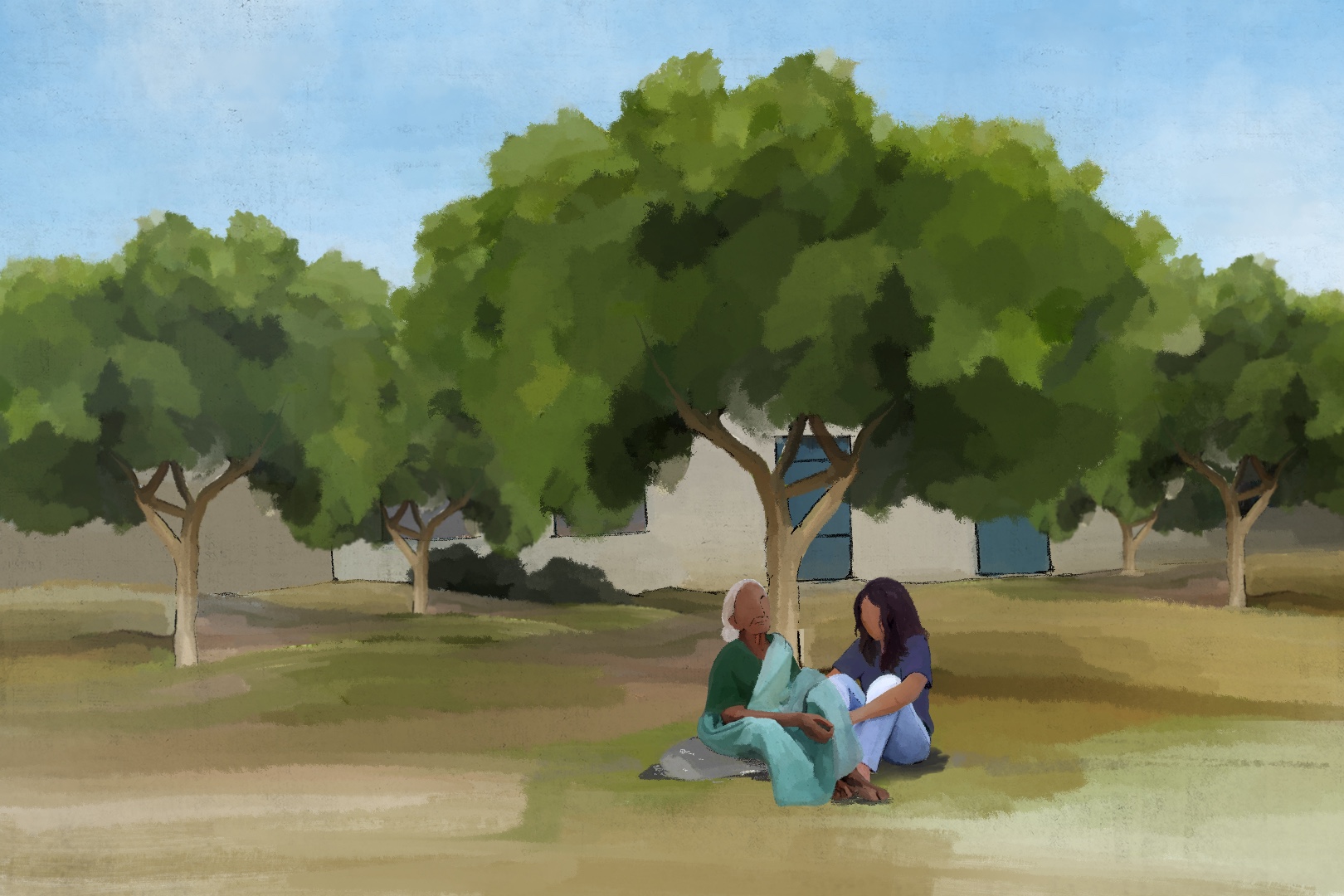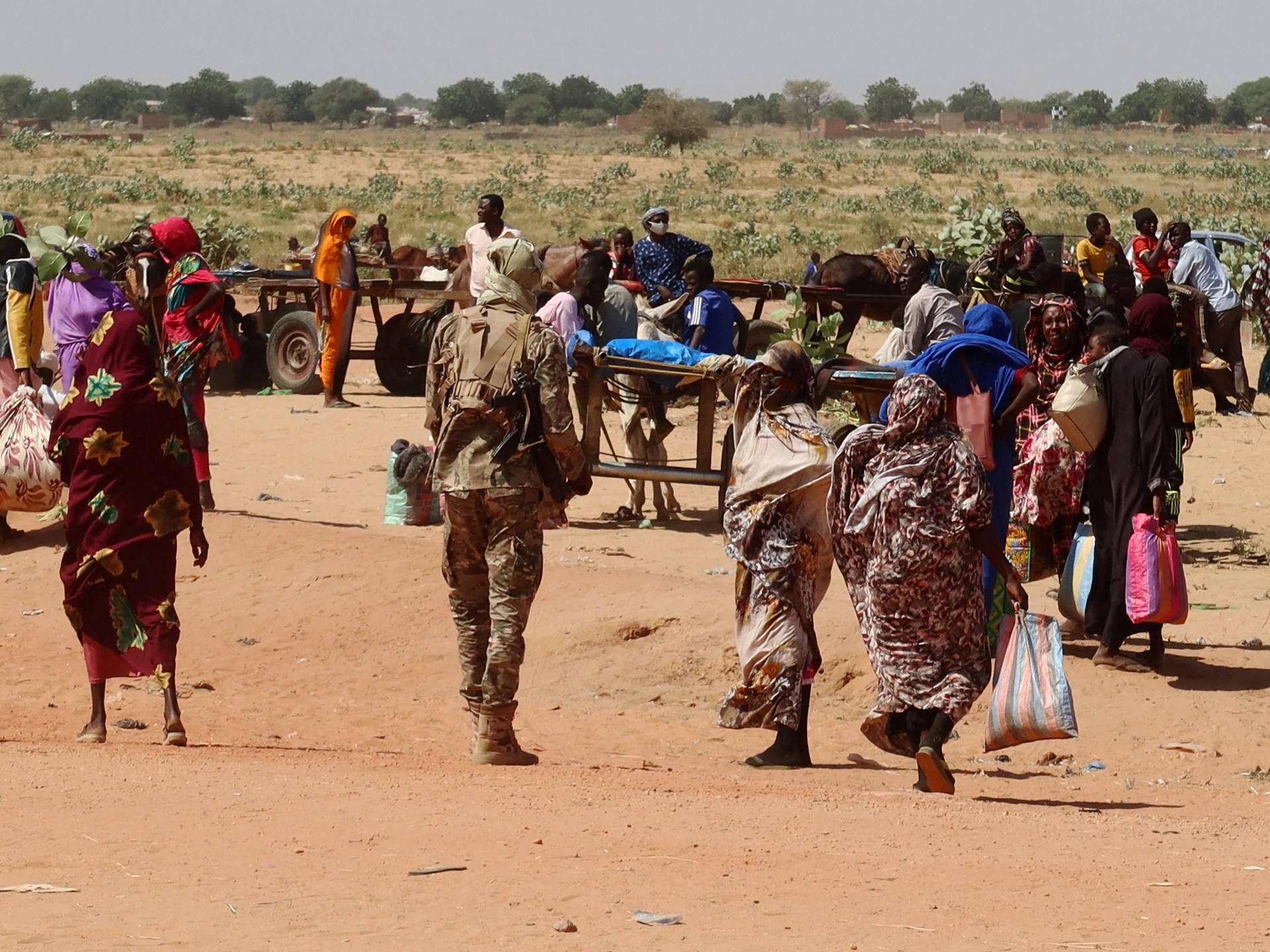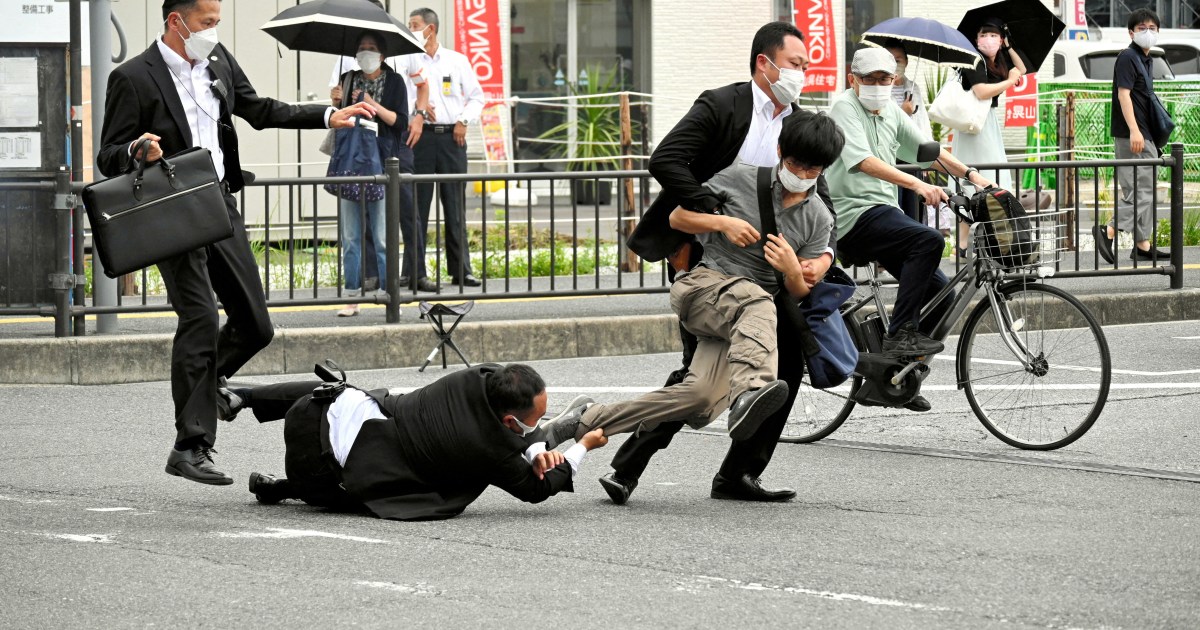The Dalit mothers who were forced to become wet nurses | Women
On a sunny afternoon in February 2021, I sat with my great aunt Yellamma under the shade of a neem tree.
We were in Ramavaram, a small town in the southern Indian state of Telangana, and the early summer heat was already in the air.
I had not seen my father’s aunt since I was 14, but now, a decade later, she welcomed me into her arms.
Growing up, my family moved frequently due to my father’s government job. I would see my relatives only once a year when we visited our hometown of Dornakal in eastern Telangana and at weddings or funerals. But whenever I saw my relatives, I would pester them with questions about their lives, trying to understand my roots.
That day was no different, and Yellamma and I chatted for hours near the house where our family had gathered for the memorial of a distant relative.
Yellamma, who was 75, wore a dark green sari and her hair wound into a tight bun. She answered my questions in her stern voice, her gaze intense as she recalled her younger years and cursed the hardships she had endured.
We are Madigas – a Dalit community concentrated in the southern states of India, considered “untouchable” by India’s caste system. The four-tier Chatur Varna system consists of Brahmins (priests), followed by Kshatriyas (warriors and rulers), Vaishyas (traders) and Shudras (labourers). Dalits exist as a fifth category, outside of caste society.
In India, caste, a status dictated by birth, often remains at the root of the class divide. While education has allowed some Dalits to lead comfortable lives, many communities like Madigas – traditionally tasked with making and repairing shoes, tanning leather and clearing away dead animals – still face the brunt of forced labour, poverty and discrimination across the country.
Yellamma, like many Madiga women of her time, worked as a farm labourer. It was a hard life of toiling in the fields, sweeping and doing other menial jobs for a daily wage.
But there was another job I was curious about, a practice I heard of in passing in which so-called “lower-caste” women were required to be wet nurses for “upper-caste” children. How far back did this practice go, I wondered. And did I know someone who was once a wet nurse?
“Nanamma [grandmother], do you know anyone from our family or community who used to breast-feed ‘upper-caste’ children?” I asked her.
Yellamma straightened her back and looked at me. “I know many, beta [child],” she replied. “But why would an educated kid like you want to dig up the misery of the past? I thought kids your age only bury their faces into their phones.”
But she furrowed her eyebrows and began to tell me about Akkamma*, a Madiga woman she knew in her village of Gundrathimadugu when she was in her early teens.




